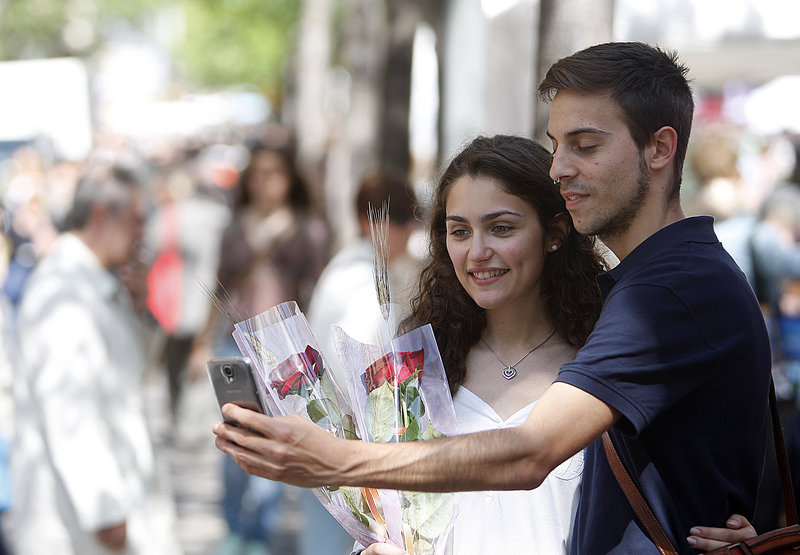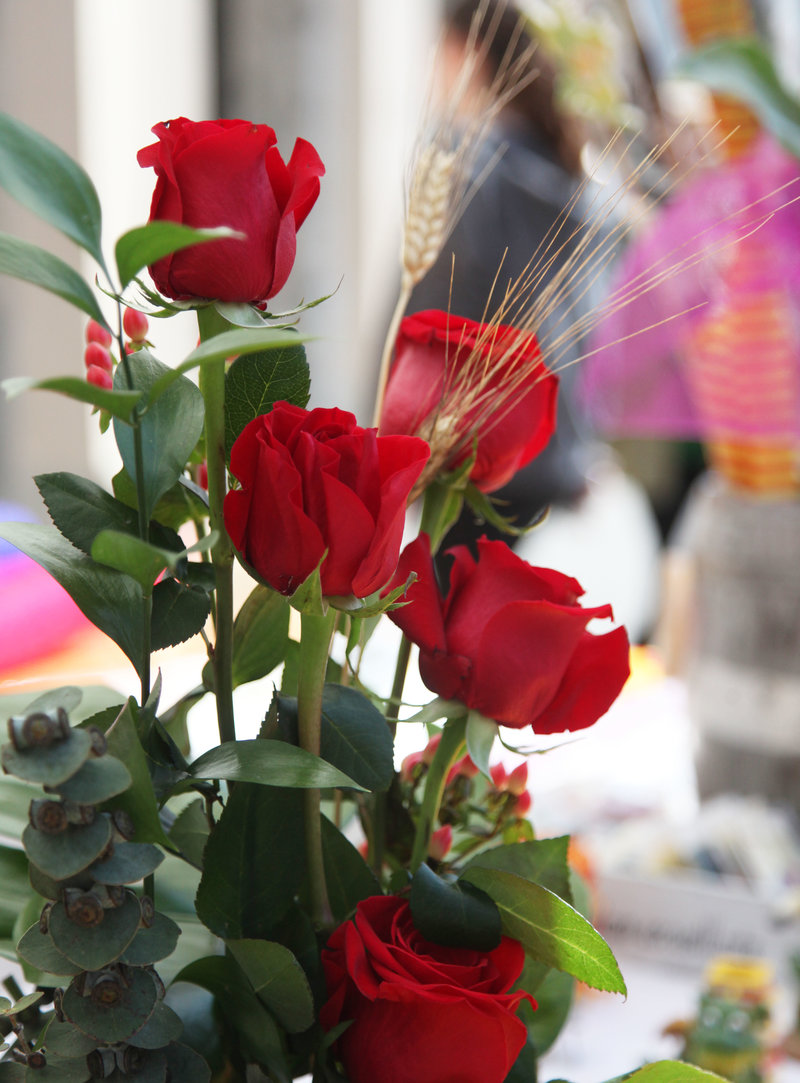Saint George as a symbol of diversity?
The legend of the dragon-slaying saint is known all over the world, but each culture has its own take on the tale
April 23 is Saint George's Day, or the Diada de Sant Jordi in Catalonia, and a day to celebrate not only the country's patron saint, but the tradition of exchanging books and roses on what is, since 1995, also UNESCO's World Book and Copyright Day. Books aside, this popular annual festival provides an ideal opportunity to review this chivalric legend and its symbolic significance.
Just about every schoolchild knows the legend of Saint George, as it has all the elements to be a hit with youngsters: a fire-breathing dragon, a knight in shining armour and a damsel in distress. These narrative ingredients have led to a memorable tale that has developed over the centuries in the countries that have adopted George as their patron (from Palestine and England to Catalonia and Malta).
The Saint George legend as we know it is simple enough. When a dragon decides to make its nest near a town, the townspeople pacify the monster with sheep. When the sheep run out, the town sacrifices maidens to the dragon, with the young women chosen by lot. One day, the king's daughter draws the short straw and, despite the king's protests, is offered to the dragon. Saint George just happens to be wandering by, sees the situation, slays the dragon and rescues the princess. The townspeople are so grateful that they immediately convert to Christianity.
Yet, to get to this point, the legend has gone through many versions as its popularity has grown, not least because of its inclusion in the Medieval bestseller, the 13th-century Golden Legend. It is even likely that the story is a later version of existing pagan myths, such as the Perseus story in Ancient Greece. Whatever the case, the legend is not as simple as it seems, as can be seen in how the details of the story are presented in different countries.
In Catalonia, for example, everything goes swimmingly for George but after he slays the dragon, blood droplets from the creature's wounds fall to earth and give rise to a rose bush that flowers every April. In this way, the Catalans have adapted the legend to provide the necessary link with the modern tradition of gifting roses on April 23 (the real origin of giving roses goes back to a government decision in the 15th century). What's more, the Catalan version of the legend as we know it plays down the religious significance of the story, despite George being one of the most venerated saints.
So, let's have a look at how the legend unfolds in another country, such as England, whose very national flag is the cross of Saint George. The legend as told to English children pretty much follows the Catalan version, albeit without the magical rose bush. In fact, in England, not only are there no roses, but George does not even slay the dragon, at least not right away. In this version, George makes the sign of the cross with his sword, before effectively dazing the animal with his spear. The dragon at this point is still very much alive, albeit it not in the best of shape, and George asks the princess for her belt, which he uses as a leash. The princess then leads the subdued dragon to the town, which naturally causes uproar. George utilises the townspeople's fear of the dragon to get them to convert to Christianity, and he only slays the dragon once they agree. Instead of a rose bush, the newly-converted king founds the church of Our Lady and Saint George from which springs “a fountain of living water, which healeth sick people that drink thereof”.
Different strokes for different folks? Certainly. Each culture has its own priorities and needs, and the way universal myths are adapted to suit them is a vital source of cultural diversity and, no doubt, why legends such as that of Saint George have survived to this day.
The Festival of the Book and the Rose
While the legend of Saint George has more of a religious overtone than a romantic one, in Catalonia, the Diada de Sant Jordi has become a day on which people gift their loved ones a rose in exchange for a book. In short, the festival has become something of a Catalan equivalent to Saint Valentine's. At the same time, this popular spring festival, which sees the public thoroughfares thronged with passers-by, flower stalls and books stands, is good for business. In a good year, around six million roses are sold in Catalonia on the day, some 90% of which are imported from places like the Netherlands or Colombia. As the festival has gained in popularity, so have the number of varieties of rose on sale, which have reached a hundred or so. Naturally, it is also a big day for writers, publishers and booksellers. Last year, some 1,530,000 books were sold on the day, with 53% of them in Catalan and most of the rest in Spanish.




